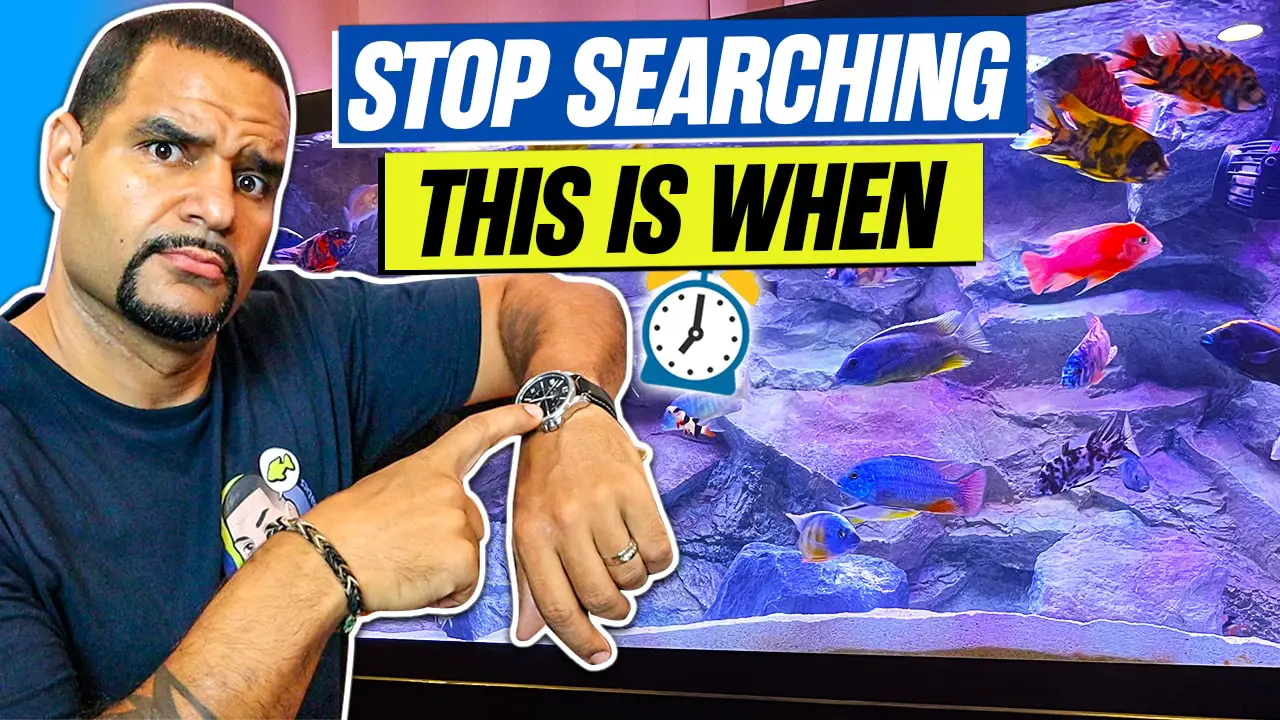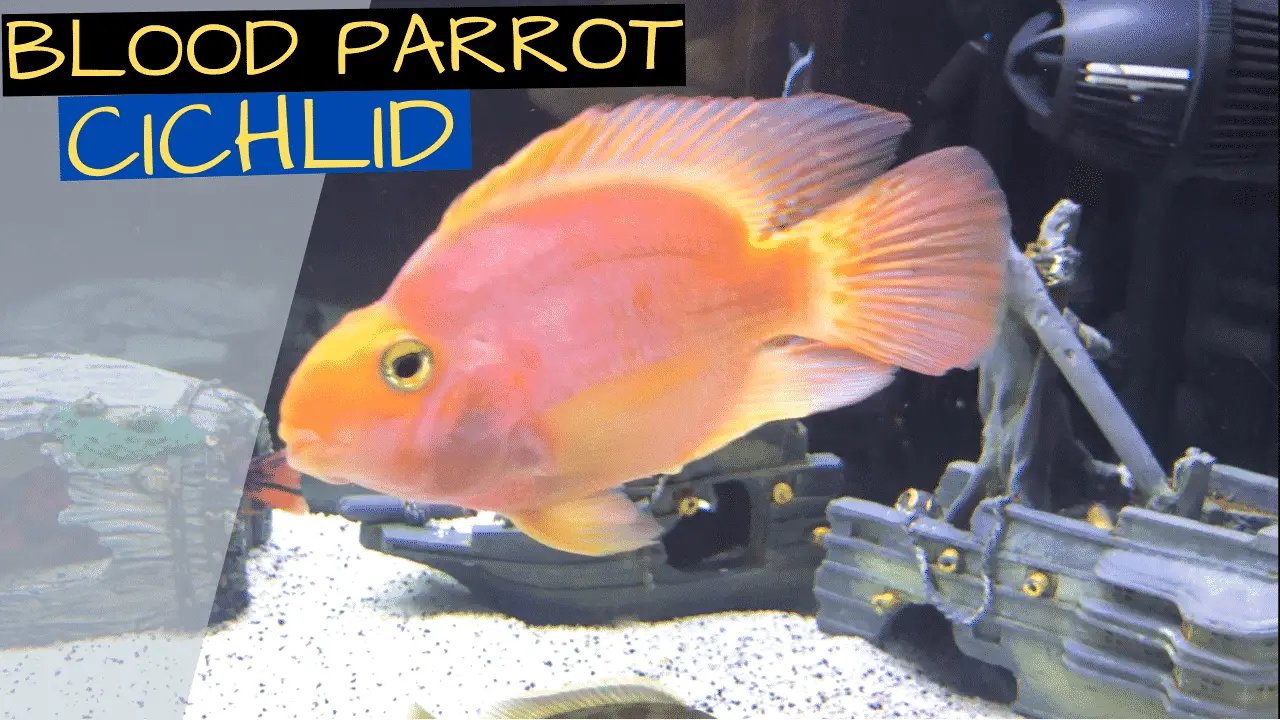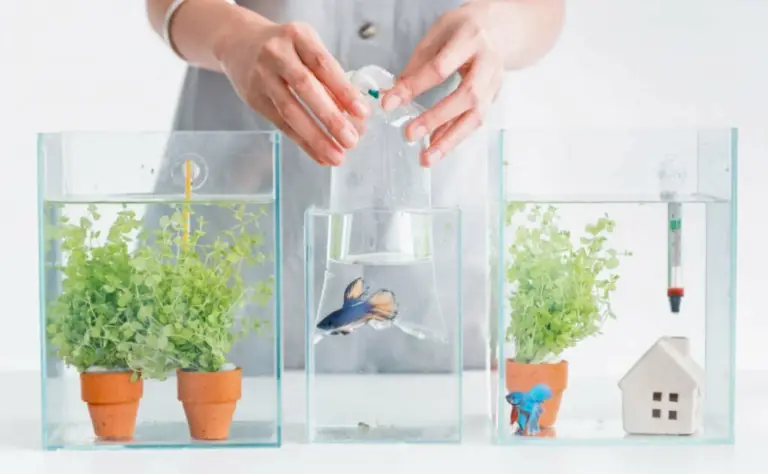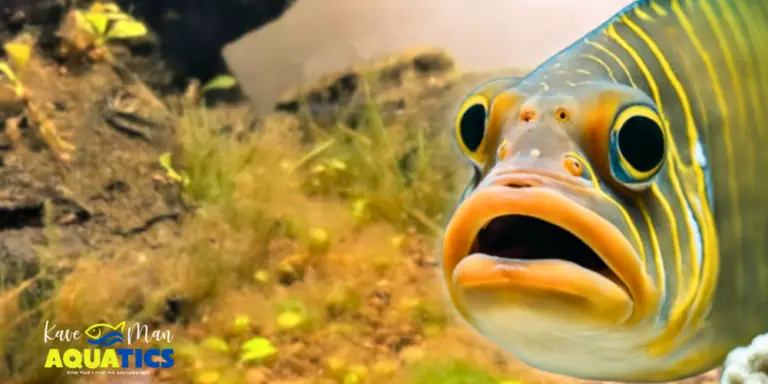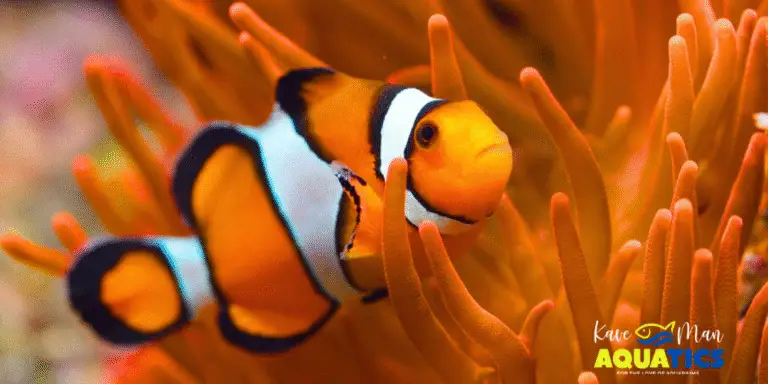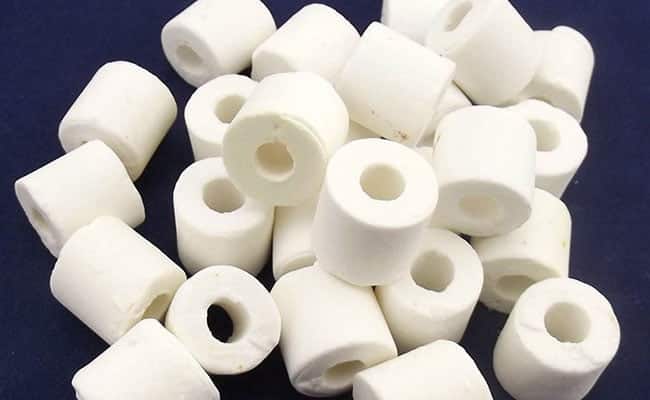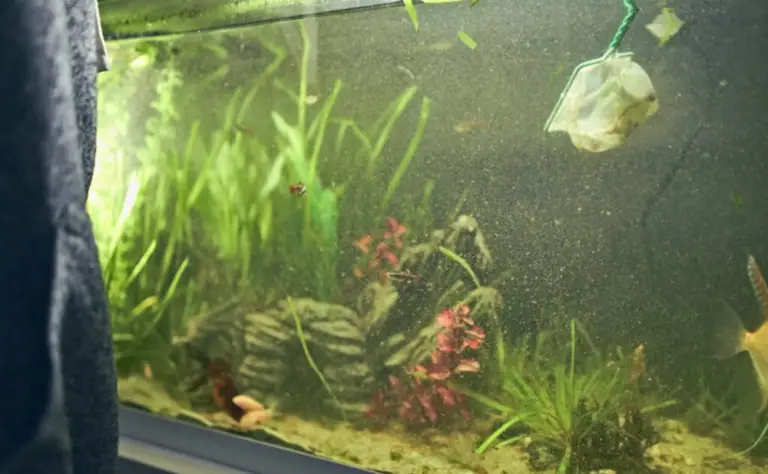When Should I Change My Fish’s Water? (No, It Doesn’t Depend)
The simple, non-complicated answer for when to water change an aquarium is when your nitrate levels reach about 40 ppm, give or take.
That’s it really, no need to complicate things unless you want to like those of you who might have tanks where nitrates never reach 40 ppm. Ok, a valid point, stick around I’ll get to you guys in a bit.
The Nitrogen Cycle
So why is it that simple, well if you understand the nitrogen cycle you’re aware that nitrates are the final step in the cycle and that nitrates are harmful to our fish, and that we as fish keepers need to remove them by water change. If you’re not aware of the nitrogen cycle then I highly suggest you watch this video.
Now there are many factors that determine your nitrate levels and how fast they accumulate. That’s where this “it depends” phrase comes from.
Depending on your tank size, fish size, fish amount, feeding amount, feeding frequency, vacuuming schedule, filter efficiency….I can go on and on. Yes depending on all these things will determine how fast your nitrate levels rise but the bottom line is the same. Whenever it is, in your tank, that nitrates reach about 40PPM, its time for a water change.
So if you get there in a week do weekly water changes. If you get there before a week and you don’t want to do more than 1 water change a week, consider doing bigger water changes. In this overstocked African Cichlid tank I get to between 40-80ppm in about a week so I do 80% weekly water changes.
But don’t just jump from a 20% water change to a huge 80% water change. If you choose to do bigger water changes you have to get there gradually with time to make sure your fish can handle it. If you wanted to try it I have a video you’ll enjoy right here.
And if you don’t get to 40ppm until a couple of weeks then do your water changes every couple of weeks. It’s really not that complicated guys but I know in this hobby it’s very easy to overthink things. I’m not only a member of that club, I could also be the president! lol
Now I say 40ppm because that’s the general consensus in the hobby but some big adult fish can handle more just fine. Like I said this tank gets anywhere from 40-80ppm and my fish always have vibrant colors, very little stress in the tank and they continue to grow every day, those that aren’t already at max adult size.
Water Changes Not Just For Nitrate Removal
Now with all that being said, nitrates aren’t the only reason for water changes. (Que you guys that never reach 40ppm, this part’s for you)
In case you didn’t know your tank water has essential minerals like calcium, magnesium, and many others in it that will eventually deplete. Both by the fish and by the tank itself. And the best way to replace these essential minerals is by water change. Yes, there are products out there that can add these minerals directly to your tank, I use Cichlid Trace myself religiously and I love it, but IMO those products can’t compete with a nice big freshwater change.
When Should I Change My Fish’s Water When Keeping African Cichlids
If you keep African Cichlids, where nitrates are usually high before a water change, these nitrate levels also cause changes in your tank that can be detrimental to your fish.
Nitrates are acidic, and the higher they reach and the longer they stay in your tank it can deplete the minerals in your tank that buffer your water and keep your PH high and stable.
In other words, high nitrates can lower your PH. And we African Cichlid keepers know we need to maintain a high, stable PH for our guys. If you didn’t know that or if you’re new to keeping African cichlids I put together a very helpful online video course with everything you need to know about keeping and raising your own African Cichlids called “Keeping African Cichlids”
But before jumping in and purchasing a complete course I also put together a very helpful Free Webinar Training that you can check out first to get a feel for what it’s like owning African Cichlids and get a feel for the structure and style of the paid course. You can register for the Free Training HERE.
High Nitrates Crashing Your Cycle
On another note, regardless of what fish you keep if your PH drops too low you can crash your cycle, killing off all your beneficial bacteria, which will cause an ammonia spike in your tank and kill all your fish.
You see in this beautiful glass box of water we keep our wet pets in, everything is balanced. It’s all cause and effect here. One thing can easily lead to another so you have to keep things stable and in balance.
Water Changes With Little To No Nitrates
On the other side, some of us have tank setups that do very well with keeping nitrates low.
Like heavily planted tanks, tanks with aquaponic systems or tanks with low stocking amounts. For you guys, I would recommend that you still do water changes anywhere from every 2-4 weeks. Even though nitrates aren’t your main issue the replenishment of these essential minerals your fish and tank need is just as important.
To Conclude
When you’ve settled in with your tank, and dialed it in, got yourself a good maintenance schedule, whether that’s weekly water changes with monthly filter cleanings. Or monthly water changes with only 2 filter cleanings a year. Whatever your schedule is, if it aint broke, don’t fix it! Continue doing what has been working for you and keeping your fish happy and healthy.
But, and this is a big BUT. If your fish are occasionally dying on you and you can’t pinpoint it to an exact reason, like aggression from another fish or something like that. Then the problem is usually your water parameters which coincides with your maintenance. In this case, you need to do some tweaks and figure out what needs to be changed to get things back to copacetic.

